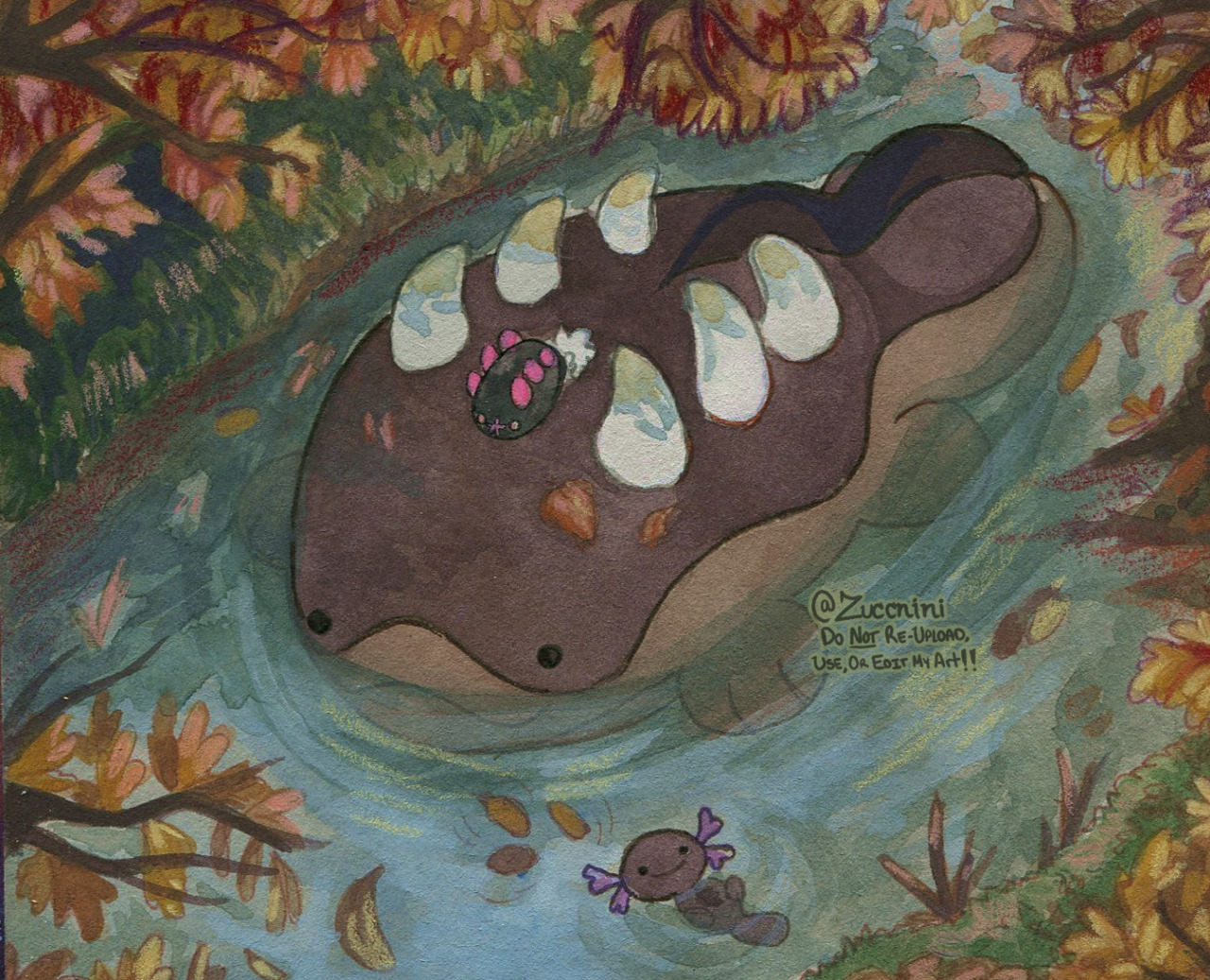- cross-posted to:
- earth@hexbear.net
- cross-posted to:
- earth@hexbear.net
cross-posted from: https://hexbear.net/post/3608218
Giant Canada geese, so ubiquitous today in cities across the country, were once considered extinct. What can we learn from watching them up close?
In the opening minutes of Karsten Wall’s short film, Modern Goose, a flock of geese arrives in a cacophony of honks, barks, cackles and splashes, as it touches down in a human-made pond behind an outlet mall. The ruckus blends with the hum of traffic as they waddle under the neon glow of billboards and parking lot lights, picking at patches of grass and dodging vehicles in the drive-thru lane.
It’s a scene that would feel familiar in most Canadian cities, where geese have become ubiquitous to daily life. As it happens, these geese are Winnipeggers, descendants of a historically significant flock once thought to have disappeared altogether.
“A lot of people in the cities consider them pests, but then a lot of people go to Fort Whyte to watch the migration,” he says. “It was important to me to just let people sit and appreciate their amazing flying abilities, their migration abilities and how well they’re actually doing.”
There are other aspects of goose life that are relatable to humans. They mate for life (with just a 15 per cent separation rate, according to a Canadian field naturalist study titled “Divorce in Canada Geese”), raise their young together and migrate as a family. When female geese mature and find mates, they return to the place they were hatched to build nests of their own.
With today’s geese so abundant, it’s difficult to imagine a world without them.
But at the turn of the 20th century, unregulated hunting, egg collection and habitat erosion had nearly wiped out North America’s goose population and the giant Canada goose was thought to have disappeared altogether.


